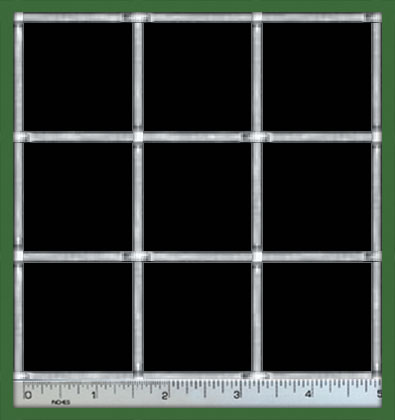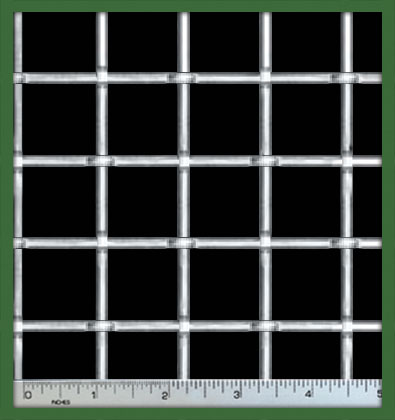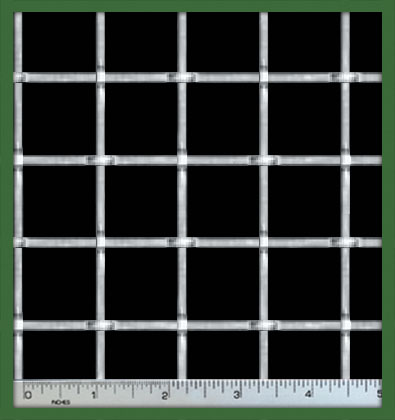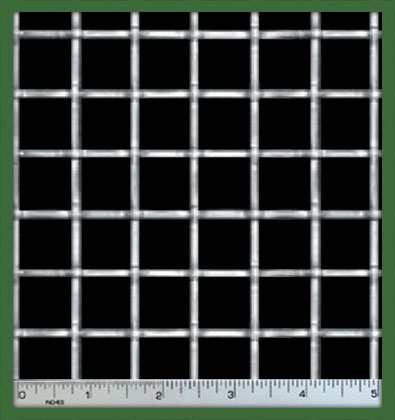Any front door, back, side, top, or bottom can be made out of:
Materials will vary depending on your chosen setup (see center insert for standard configurations). These panels are all interchangeable and can be switched or replaced at any time without having to purchase a new unit.
Below is a detailed overview of the materials that make up our Hybrid enclosures, starting with the anodized aluminum frame.
Anodized Aluminum Frame
This is the standard for all our enclosure’s frames, made from extruded aluminum that’s hardened and anodized black. Anodized aluminum frames are strong, long-lasting, scratch-resistant, and will never rust or corrode.
We offer 4 wood grains and 2 granite colors. The panels’ surface, front, and back are very hard, durable, washable, and non-porous (similar to a kitchen countertop).
This makes any surface resistant to bacteria, odor, and waste. Plus, our vinyl is much stronger than the typical panels in a catalog or department store.
We recommended sealing the edges of any laminate panel with silicone frame sealant (Find it at any hardware store). This prevents the panel’s edges from swelling due to moisture. It’s easy to seal the edges of our panels because the aluminum surrounds the edges, creating a spot out of sight to apply a bead of silicone.
If you’re uncomfortable with sealing the edges among excessive moisture, we recommend getting a moisture-proof panel substitution, which you’ll find in the following sections.
Below is our collection of panel colors. Black granite is the standard, but you may substitute any color at no additional charge. Also, you can have a custom background laminated to your back panel for a personalized look.

Aluminum surrounds the edges with plenty of room for sealant inside the frame (if desired) to prevent warping or swelling with extreme moisture.
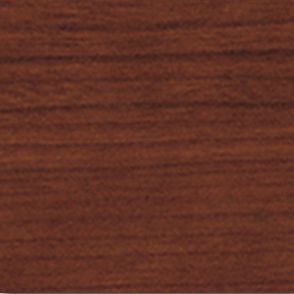
Cambridge Cherry
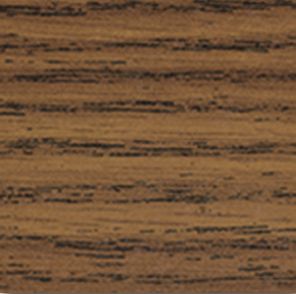
English Oak
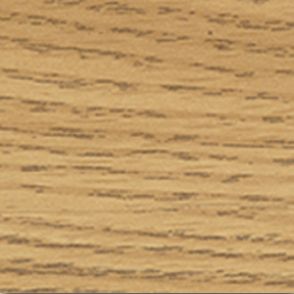
Golden Oak
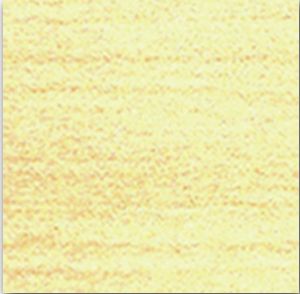
Prestige Maple
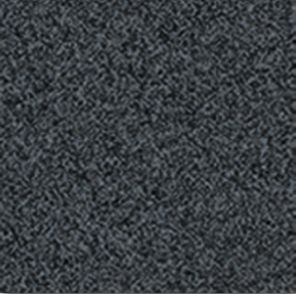
Black Granite
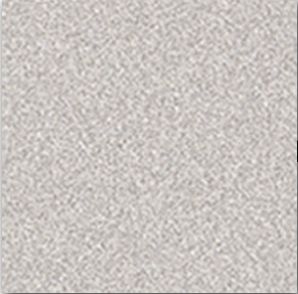
Natural Granite
Any panel can have aluminum laminate panels substituted for the standard laminate cage material. These panels have black-coated aluminum on both sides with a PVC or ABS core.
Aluminum laminate panels hold up exceptionally well in wet conditions, they’re scratch-resistant, lightweight, and very sturdy (stronger and lighter than our thermofused laminate panels).
We recommend using aluminum laminate with outdoor enclosures or high-moisture interiors. The thermofused laminate comes in various colors, is much less expensive, and is ideal for most circumstances, so we make laminate our standard option and offer the aluminum laminate panel as an upgrade at an additional charge.
These panels are available in black only. See center insert for substitution pricing.
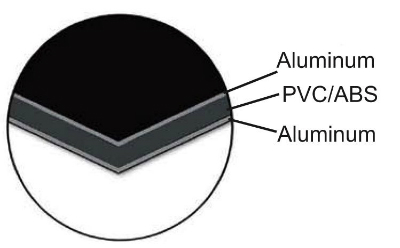
- Any panel can be a clear acrylic.
- It is one of the hardest forms of clear plastic.
- Excellent UV properties – Very clear and won’t yellow except in the most extreme circumstances (it takes about 10 years of direct sunlight to start to yellow).
- 5x stronger than glass. In tests, a 14” x 20” tightly clamped piece of acrylic (the same thickness we use) can withstand a 45mph fastball without breaking. Our enclosures can withstand much more because the panels are larger and the edges are not tightly clamped.
- We don’t drill any holes in the panels for fastening. Instead, all panels slide snugly into grooves in the framework of the enclosures. Drilled holes leave vulnerable spots for cracking and breaking.
- We prefer acrylic because it weighs much less and is much stronger, but glass can be used in place of any panel. However, we don’t supply the glass because of the risk of transit damage. Instead, we’ll subtract the price of the standard panel from the cost of your enclosure, and you’ll need glass panels cut locally.
- When you order, we’ll give you the dimensions for your glass panels, so you have them done by the time your enclosure arrives. Local glass dealers typically have custom pieces cut within 1-2 days, however, we recommend talking with one of our sales associates before choosing a glass option.
- Any panel can be made of stainless steel wire.
- Crimp-locked stainless steel wire is stronger than carbon or standard steel, rust resistant, no toxic coatings.
- Even the strongest birds can’t chew through it. Most cages have welds that create a soft point at the steel joint. Bird owners often reach out for an enclosure because their pet broke the welds in their cage.
- The standard opening size for an H3 enclosure is 1” x 1”. This is the most common size required for birds, reptiles, and small animals. For an H2 cage, the standard opening side is 3/4” x 3/4”. See all wire spacing options below.
Stainless Steel Wire Mesh is available in the following sizes:
- ½” x ½” x .092” Stainless Steel Wire
- ¾” x ¾” x .092” Stainless Steel Wire
- 1” x 1” x .120” Stainless Steel Wire
- 1” x 1” x .162” Heavy Duty Stainless Steel Wire (Cockatoo, Greenwing, Hyacinth, etc…)
- 1-1/2” x 1-1/2” x .162” Heavy Duty Stainless Steel Wire (Cockatoo, Greenwing, Hyacinth, etc…)
- Allows light and heat fixtures to sit on top of the cage and out of reach of the animal.
- Allows for ample ventilation. Round staggered holes also help diffuse the light so you don’t look directly at the bright light outside the cage.
- It will not rust and is built to last in virtually any environment.

Perforated Aluminum







